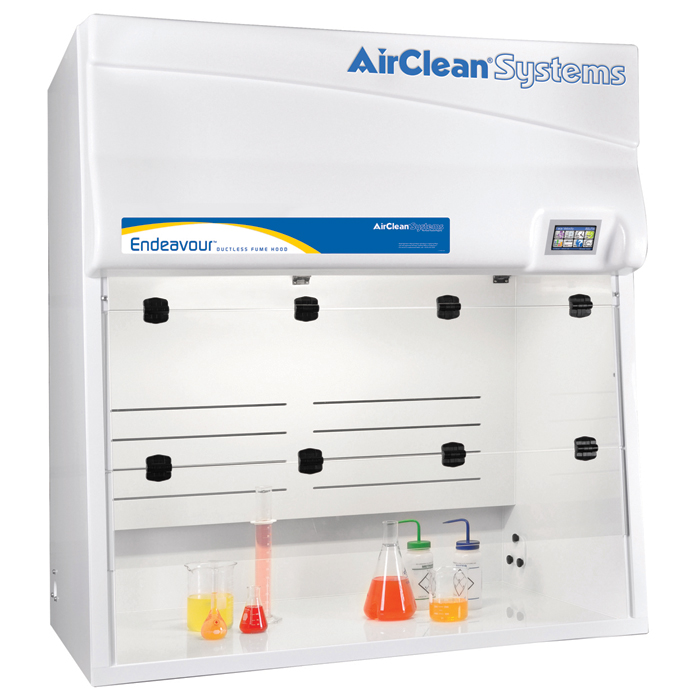Using Solvents is a Necessary Part of Everyday Life
Solvents are typically liquids used to dissolve powders, solids, or other substances. Many of us use solvents in our everyday life. Water is considered a solvent when making lemonade from a powdered mix, while milk can be used as a solvent to dissolve chocolate syrup to make a glass of chocolate milk. The ability to use solvents to dissolve other compounds or chemicals also means they can be used to extract compounds from liquid or solid mixtures. For example, water is used to extract compounds from coffee grounds to brew your coffee each morning.
Industrial and Educational Applications of Solvents
Given the broad utility of solvents in our everyday lives, it is no surprise that solvents are widely used for industrial, academic, and educational applications. Solvents are used to manufacture many products from adhesives and composites, such as lenses for eyeglasses to materials for electronics. Applications in scientific wet labs such as chromatography and making chemical solutions and media also utilize solvents. Metal parts that are pieces of assembly lines, tools, or other products can become covered in difficult to remove debris or corrosion. Therefore, most cleaning agents designed for metal parts contain strong solvents to help dissolve built up corrosion to help remove it from the metal. In the food industry, solvents can be used to extract substances from foods to produce products such as vegetable oil or decaffeinated coffee.
Safe Handling of Hazardous Solvents
While most household uses of solvents utilize water or other non-hazardous materials, solvents used in manufacturing and production can be quite harmful. Some applications require the use of strong acid solvents that can release fumes, especially when heated. If inhaled, these fumes can cause damage to the nose, mouth, throat, and lungs. Organic solvents, which are carbon-based solvents including alcohols and acetone, are commonly used for cleaning and production of adhesives. Similar to strong acids, these solvents can release hazardous fumes and/or nuisance odors.
Fume Hoods for Solvent Safety
Working with solvents in fume hoods can help protect yourself and reduce nuisance odors. For solvent mixing applications, a hood with horizontal laminar flow, where air is pulled away from the operator, across the workspace to the back of the hood may be used. The contaminated air at the back of the hood is then redirected to the exhaust area at the top of the hood. In many hoods, filters can be installed prior to air exhaust into the room to capture particulates and fumes from chemicals in the hood to protect the operator and others in the vicinity. Further, filters may help control nuisance odors from solvents.
Alternatively, ducted vertical flow hoods which blow HEPA filtered air from the top of the hood onto the work surface and direct the contaminated air to an exhaust duct where the air can be scrubbed to remove contaminants prior to release into the environment, may also be used. It is important that the airflow in the vertical flow hoods is designed such that contaminated air containing fumes from hazardous solvents on the work surface does not flow under the sash into the room/environment.
Though fume hoods can provide operator protection from the fumes of hazardous solvents, operators should always don proper protective equipment when working in fume hoods and with potentially hazardous materials.





